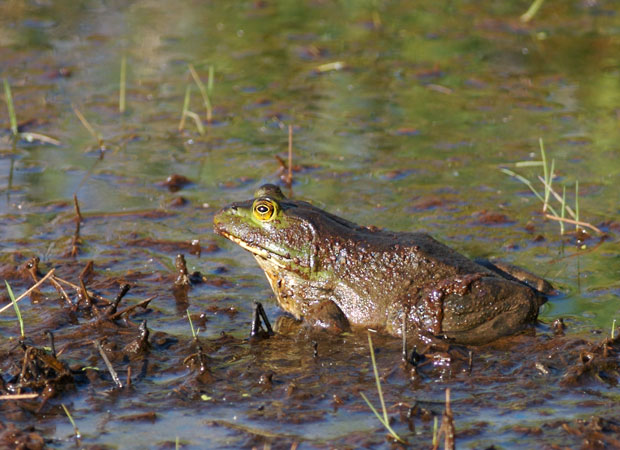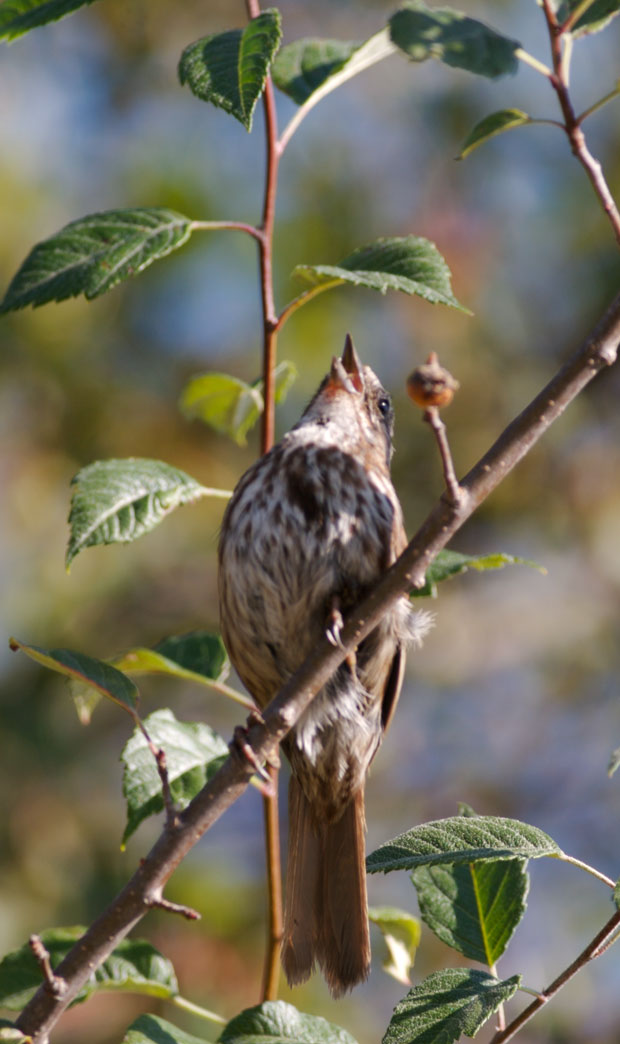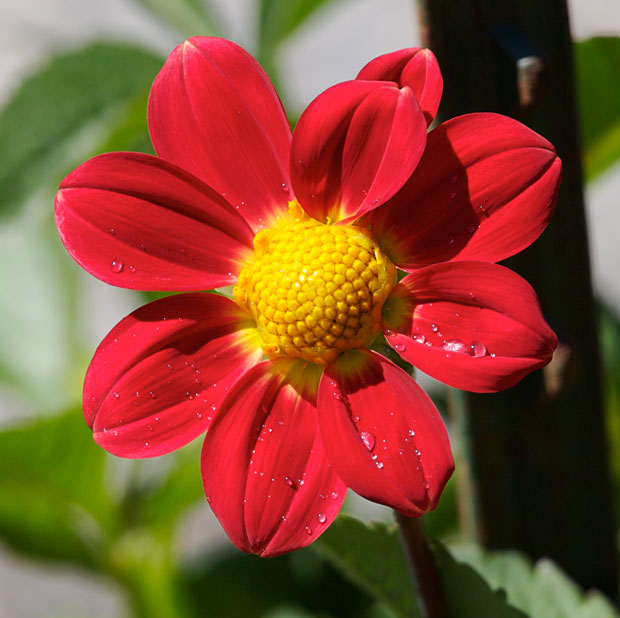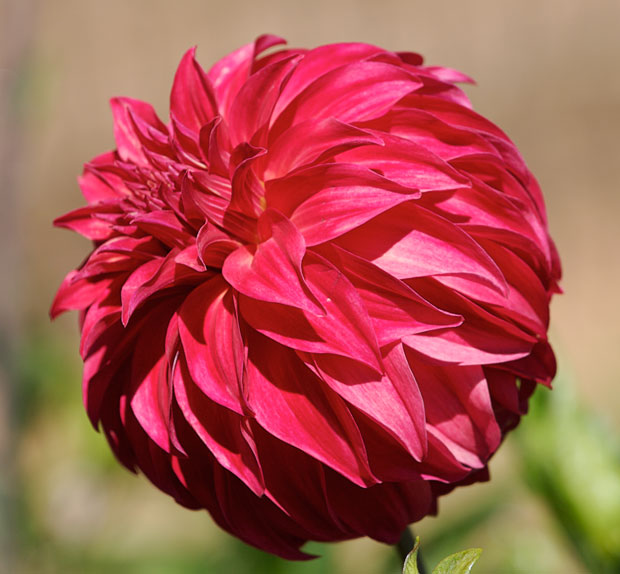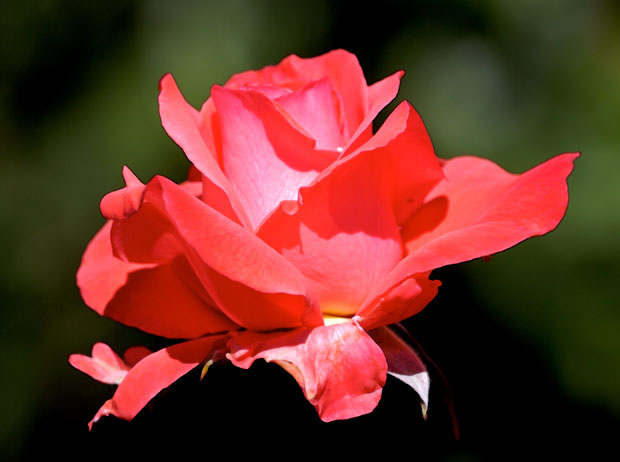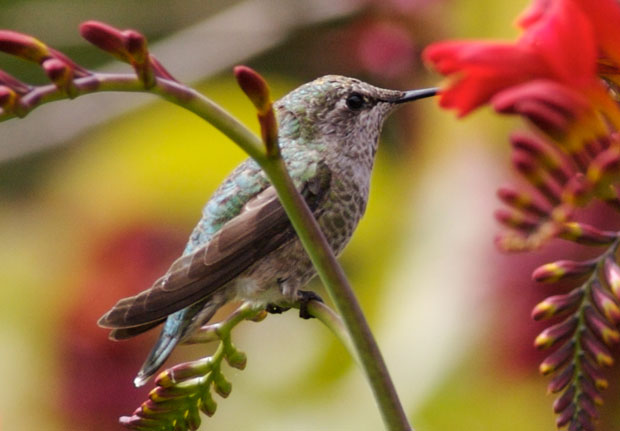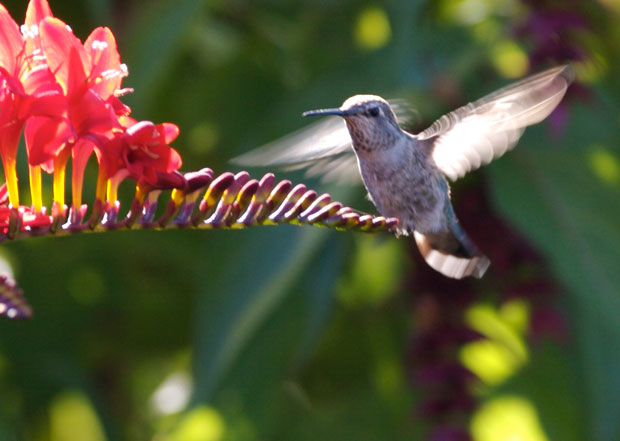As I mentioned yesterday, I first learned about the Sand Creek Massacre from the movie Soldier Blue. To this day I can remember a stunned audience who sat silent after the most graphic images of violence most of us had ever seen. Wikipedia describes the movie as an “American Revisionist Western.” I suppose for someone raised on John Ford and John Wayne movies, it would be “revisionist,” but if the author is somehow suggesting that the massacre is misrepresented in the movie, Dee Brown’s work suggests that the massacre may have been even worse than depicted in the movie, and that’s barely believable.
The most chilling part of Brown’s depiction of the massacre isn’t in the description of the massacre itself, but rather in his well-documented description of the events that led up to the massacre and the events that followed it.
Certainly what happened stemmed largely from the words and actions of the governor of the Colorado Territory, John Evans who had
… issued a second proclamation “authorizing all citizens of Colorado, either individually or in such parties as they may organize, to go in pursuit of all hostile Indians on the plains, scrupulously avoiding those who have responded to my call to rendezvous at the points indicated; also to kill and destroy as enemies of the country wherever they may be found, all such hostile Indians.” The hunt was already on for all Indians not confined to one of the assigned reservations.
When Cheyenne chiefs tried to meet the governor to negotiate an honorable peace, he didn’t even want to meet with them:
Finally Wynkoop had to beg the governor to meet with the Indians. “But what shall I do with the Third Colorado Regiment if I make peace?” Evans asked. “They have been raised to kill Indians, and they must kill Indians.” He explained to Wynkoop that Washington officials had given him permission to raise the new regiment because he had sworn it was necessary for protection against hostile Indians, and if he now made peace the Washington politicians would accuse him of misrepresentation. There was political pressure on Evans from Coloradans who wanted to avoid the military draft of 1864 by serving in uniform against a few poorly armed Indians rather than against the Confederates farther east. Eventually Evans gave in to Major Wynkoop’s pleadings; after all, the Indians had come four hundred miles to see him in response to his proclamation. 12
If Brown didn’t document his book so well with direct quotations and footnotes identifying the sources of the quotations, the skeptical reader would be tempted to dismiss his work as mere propaganda.
Like Young Goodman Brown, most of us want to believe in the inherent goodness of our forefathers, want to believe the history that we were taught as young students in high school. None of us want to believe that our forefathers trafficed with the devil himself.
Even better, Brown tries not to paint all whites with the same brush:
Not all of Anthony’s officers, however, were eager or even willing to join Chivington’s well-planned massacre. Captain Silas Soule, Lieutenant Joseph Cramer, and Lieutenant James Connor protested that an attack on Black Kettle’s peaceful camp would violate the pledge of safety given the Indians by both Wynkoop and Anthony, “that it would be murder in every sense of the word,” and any officer participating would dishonor the uniform of the Army.
Chivington became violently angry at them and brought his fist down close to Lieutenant Cramer’s face. “Damn any man who sympathizes with Indians!” he cried. “I have come to kill Indians, and believe it is right and honorable to use any means under God’s heaven to kill Indians.” 19
Soule, Cramer, and Connor had to join the expedition or face a court-martial, but they quietly resolved not to order their men to fire on the Indians except in self-defense. (In a public speech made in Denver not long before this massacre, Colonel Chivington advocated the killing and scalping of all Indians, even infants. “Nits make lice!” he declared.)
Of course, in attempting to save the reputation of some of the officers, he makes the regimental commander, Chivington, an even darker character.
Instead of describing the atrocities himself, Brown relies on the description of two witness:
Robert Bent’s description of the soldiers’ atrocities was corroborated by Lieutenant James Connor: “In going over the battleground the next day I did not see a body of man, woman or child but was scalped, and in many instances their bodies were mutilated in the most horrible manner-men, women, and children’s privates cut out, and I heard one man say that he had cut out a woman’s private parts and had them for exhibition on a stick; I heard another man say that he had cut the fingers off an Indian to get the rings on the hand; according to the best of my knowledge and belief these atrocities that were committed were with the knowledge of J.I. Chivington, and I do not know of his taking any measures to prevent them; I heard of one instance of a child a few months old being thrown in the feed- box of a wagon, and after being carried some distance left on the ground to perish; I also heard of numerous instances in which men had cut out the private parts of females and stretched them over the saddle-bows and wore them over their hats while riding in the ranks.” 25
Even whites in power who realized what an injustice had been done to the Cheyenne were unable to help them and ended up doing precisely what Evans and Chivington wanted to do. When the Indians protested their expulsion from their homelands:
“It will be a very hard thing to leave the country that God gave us,” Little Raven said. “Our friends are buried there, and we hate to leave these grounds. There is something strong for us-that fool band of soldiers that cleared out our lodges and killed our women and children. This is hard on us. There at Sand Creek–White Antelope and many other chiefs lie there; our women and children lie there. Our lodges were destroyed there, and our horses were taken from us there, and I do not feel disposed to go right off to a new country and leave them.”
the agents replied:
James Steele answered: “We all fully realize that it is hard for any people to leave their homes and graves of their ancestors, but, unfortunately for you, gold has been discovered in your country, and a crowd of white people have gone there to live, and a great many of these people are the worst enemies the Indians-men who do not care for their interests, and who would not stop at any crime to enrich themselves. These men are now in your country-in all parts of it-and there is no portion where you can live and maintain yourselves but you will come in contact with them. The consequences of state of things are that you are in constant danger of being imposed upon, and you have to resort to arms in self-defense. Under the circumstances, there is, in the opinion of the commission, no part of the former country large enough where you can live in peace.” – –

